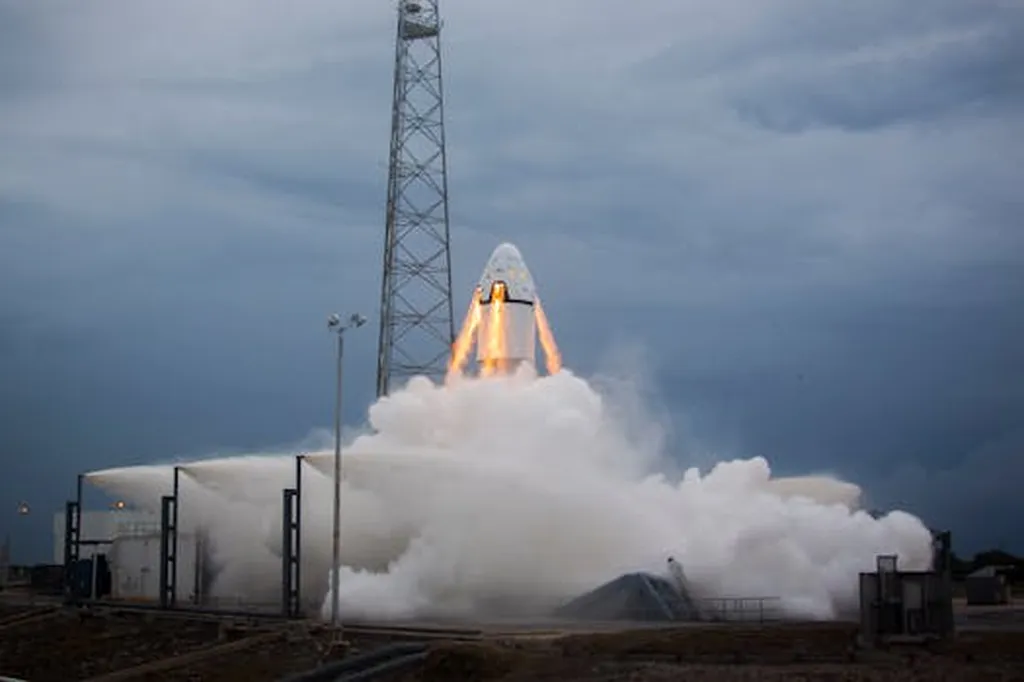In the heart of China, Henan Province’s rugged terrain has long been a hotspot for geohazards, posing significant risks to infrastructure and communities. Now, a groundbreaking study led by Jing Lu from the Land Satellite Remote Sensing Application Center, Ministry of Natural Resources in Beijing, is shedding new light on these risks, offering a powerful tool for monitoring and mitigation. Published in the journal *Remote Sensing* (translated as *遥感* in Chinese), the research leverages the advanced capabilities of the LuTan-1 satellite to identify and map geohazards with unprecedented precision.
The study marks the first comprehensive investigation of Henan’s geohazards using the basic deformation products derived from LuTan-1’s synthetic aperture radar (SAR) data. By analyzing data collected between June 2023 and February 2025, Lu and her team identified a staggering 1,620 potential geohazards. These include 1,340 landslides in the western and southern regions, 139 ground collapses due to underground mining in the coal-rich central and eastern areas, and 141 cases of ground deformation primarily in the agricultural zones of central and northern Henan.
The research employed two key techniques: differential interferometric SAR (DInSAR) and multi-temporal InSAR (MT-InSAR). DInSAR detected 1,470 hazards, while MT-InSAR uncovered an additional 150, highlighting the complementary nature of these methods. “The minimum detectable deformation gradients of the 150 geohazards were less than 0.061 mm/m, which is not detectable by DInSAR,” Lu explained. “The deformation gradients were greater than 0.017 mm/m and were discovered by MT-InSAR.”
The implications for the energy sector are profound. Underground mining, a critical component of China’s energy infrastructure, is particularly vulnerable to ground collapses. The study’s findings provide a crucial foundation for monitoring these risks, enabling proactive measures to prevent disasters and ensure the safety of mining operations. “This research offers a basis for geohazard monitoring, which is essential for the stability and safety of energy infrastructure,” Lu noted.
Beyond mining, the study’s insights are invaluable for urban planning, agriculture, and infrastructure development. By understanding the patterns and distribution of geohazards, stakeholders can make informed decisions to mitigate risks and protect communities. The research also paves the way for future advancements in remote sensing technology, offering a blueprint for more accurate and efficient geohazard monitoring.
As the world grapples with the challenges of climate change and increasing natural disasters, studies like this one are more important than ever. By harnessing the power of advanced satellite technology, we can better understand and manage the risks posed by geohazards, ensuring a safer and more sustainable future for all. The research, published in *Remote Sensing*, underscores the critical role of remote sensing in disaster management and highlights the potential for further innovations in this field.

